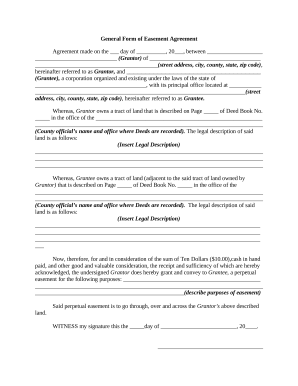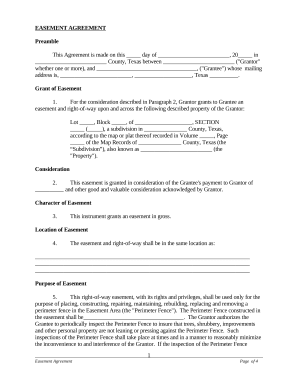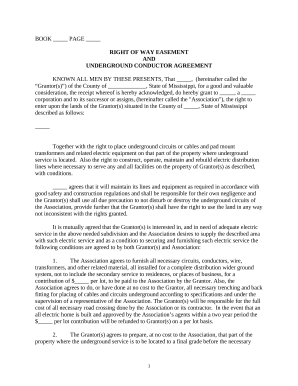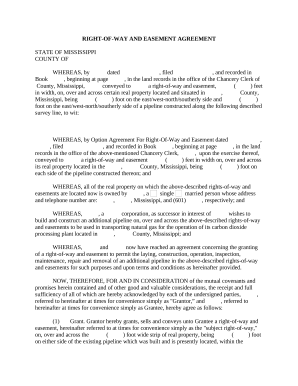









Your workflows always benefit when you can easily get all the forms and documents you may need at your fingertips. DocHub supplies a a huge collection of document templates to relieve your everyday pains. Get hold of Real Estate Easement Agreement category and easily discover your document.
Start working with Real Estate Easement Agreement in several clicks:
Enjoy easy record managing with DocHub. Explore our Real Estate Easement Agreement online library and get your form today!